Dyke warehouse Scharwoude
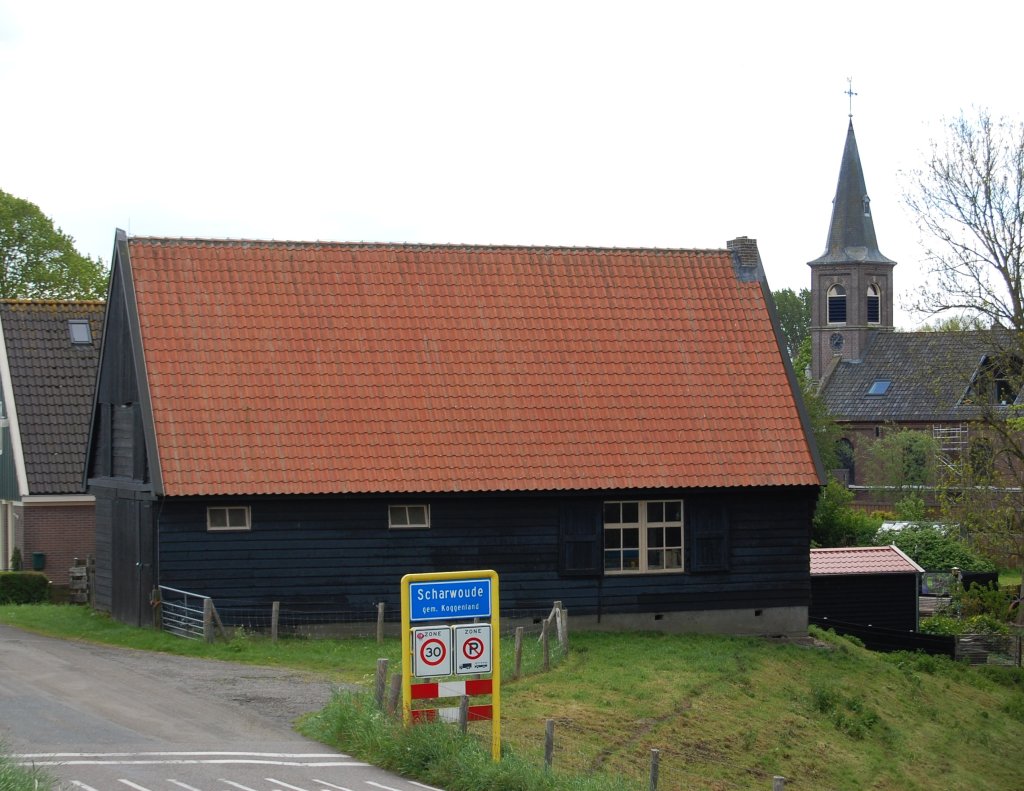
The Westfriese Omringdijk has broken through several times in its long existence. Just in case, it was convenient to have the necessary materials and tools right at hand. Therefore, a water board had warehouses near the dike. We are standing here at the only warehouse of the former Drechterland Water Board that still stands in its spot. It was built in 1923.
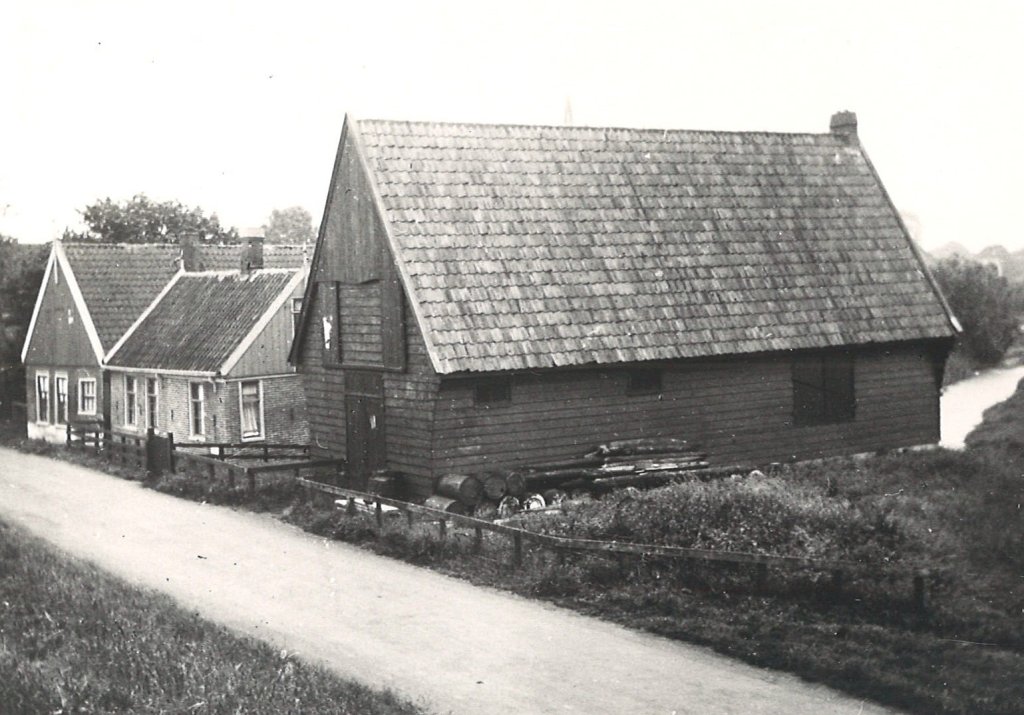
The warehouse at Scharwoude was the last one Drechterland had built. The first mention of warehouses dates from 1676. Six were then set up in existing buildings. The occasion was the double dike breach at the end of 1675 just south of Scharwoude, which flooded half of West Friesland. It was the last time the Omringdijk broke.
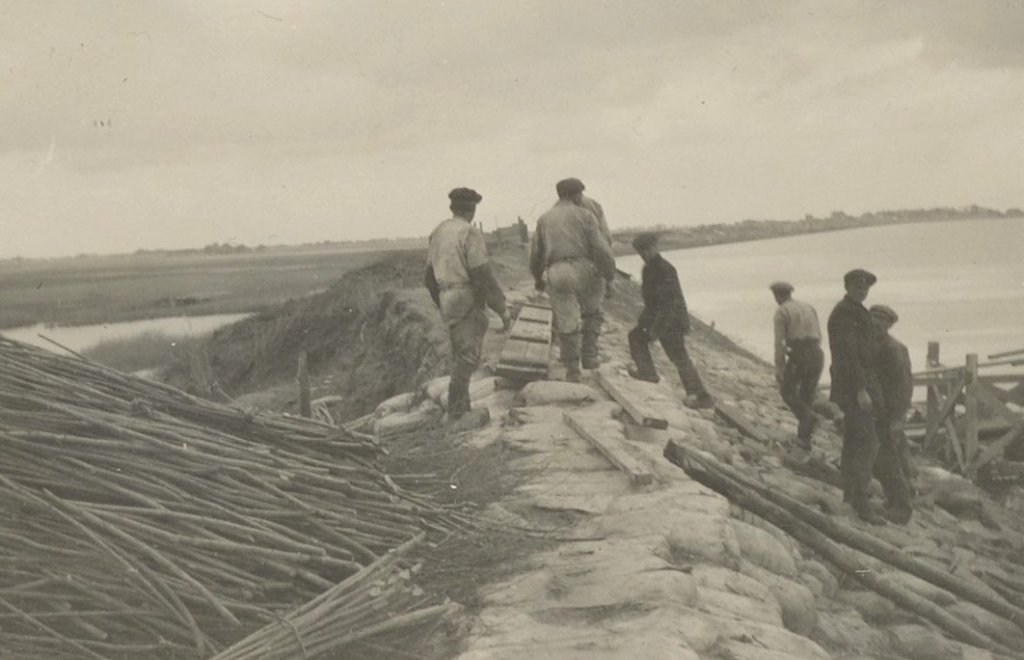
The number of warehouses was gradually increased. Important material was wood. This was because the sea side of the dike was protected by meters-high seaweed packs. These were held in place with beams and posts. Axes and saws were available in every warehouse to work the wood. There were also tools to prevent a breach or fill a hole (wheelbarrows, shovels, sandbags). If the dike was in danger of slipping, they would stretch sails over the weak spot. They were secured with anchors, ropes and weights.
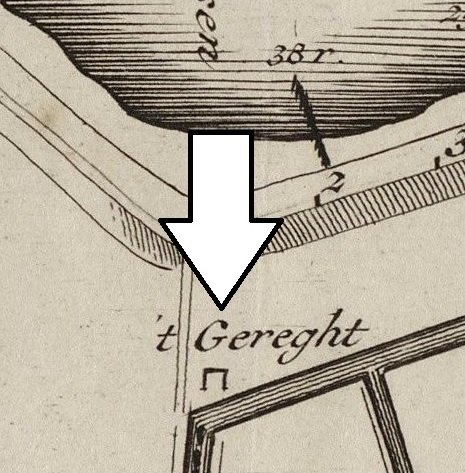
The warehouses were outside built-up areas and at night it was pitch black. In other words, burglars knew where to find them. And if not, there was a dyke worker who secretly took something. After all, wood could be used by anyone. For theft from a storehouse or from wood and stones from the dike itself, the dike reeve, the highest supervisor of a water board, could demand banishment or even the death penalty. This was not usually the case, but the water board did have a gallows near the dike. It served primarily as a deterrent.
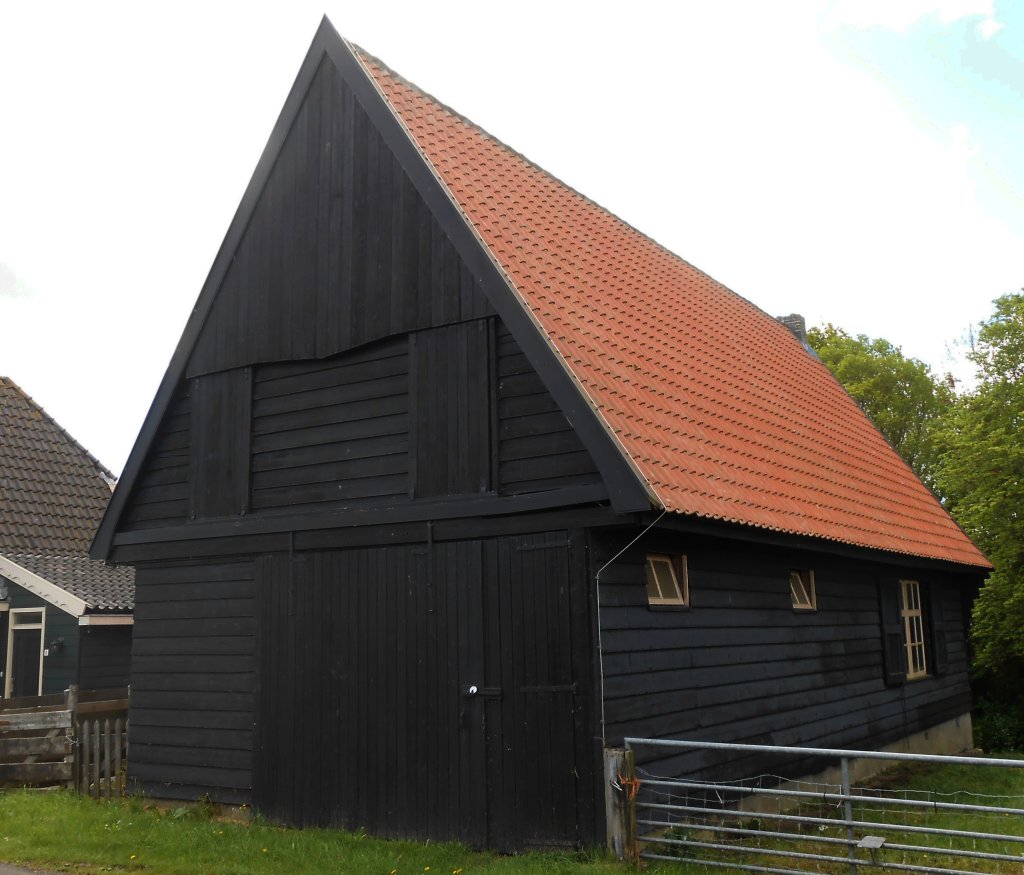
After construction of the Afsluitdijk (1927-1932), the chance of a dike breach was very much reduced. The warehouses were no longer needed and were sold or demolished. Only two remained standing: the warehouse at Scharwoude and one at Andijk, which has been on display in the outdoor section of the Zuiderzee Museum since 1980. The Scharwoude warehouse is thus the only one still standing in its original location. Around 1970 it was briefly used as a stable for roadwork equipment. The large sliding door was installed especially for this purpose.
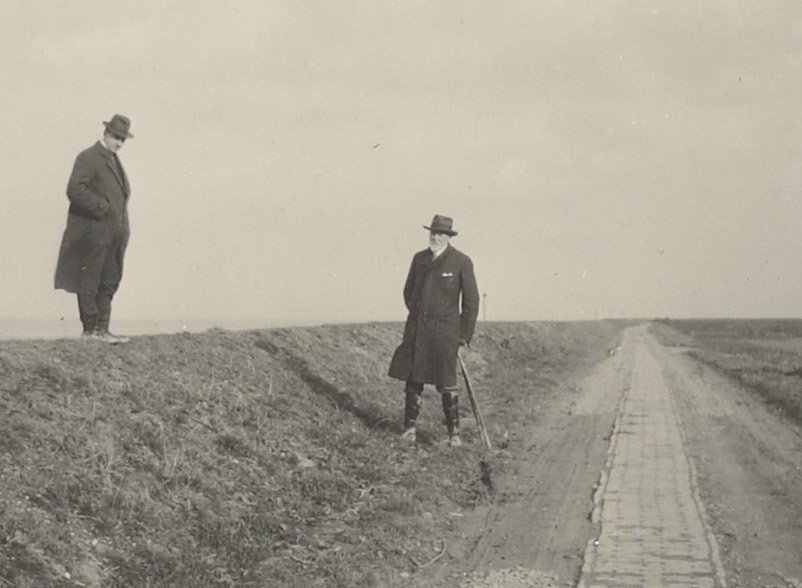
Speaking of roadwork: the road surface of the Omringdijk looks well cared for, but it used to be different. For centuries, the dike was an unpaved clay path, too narrow to speak of a left and right road half. It wasn't until the nineteenth century that water boards really started paying attention to the walkability of the dike. Rubble and shells were then used for paving the road. Decent paving was rare before 1900.